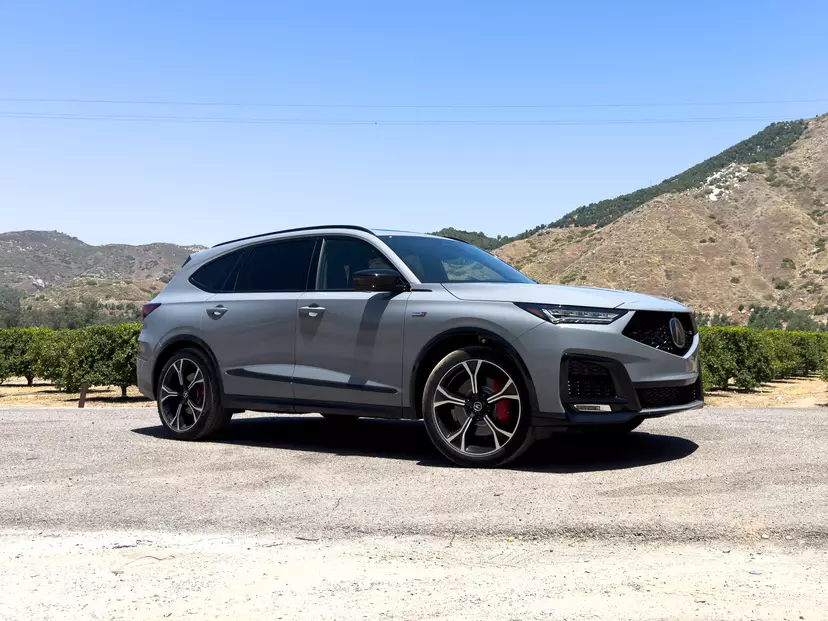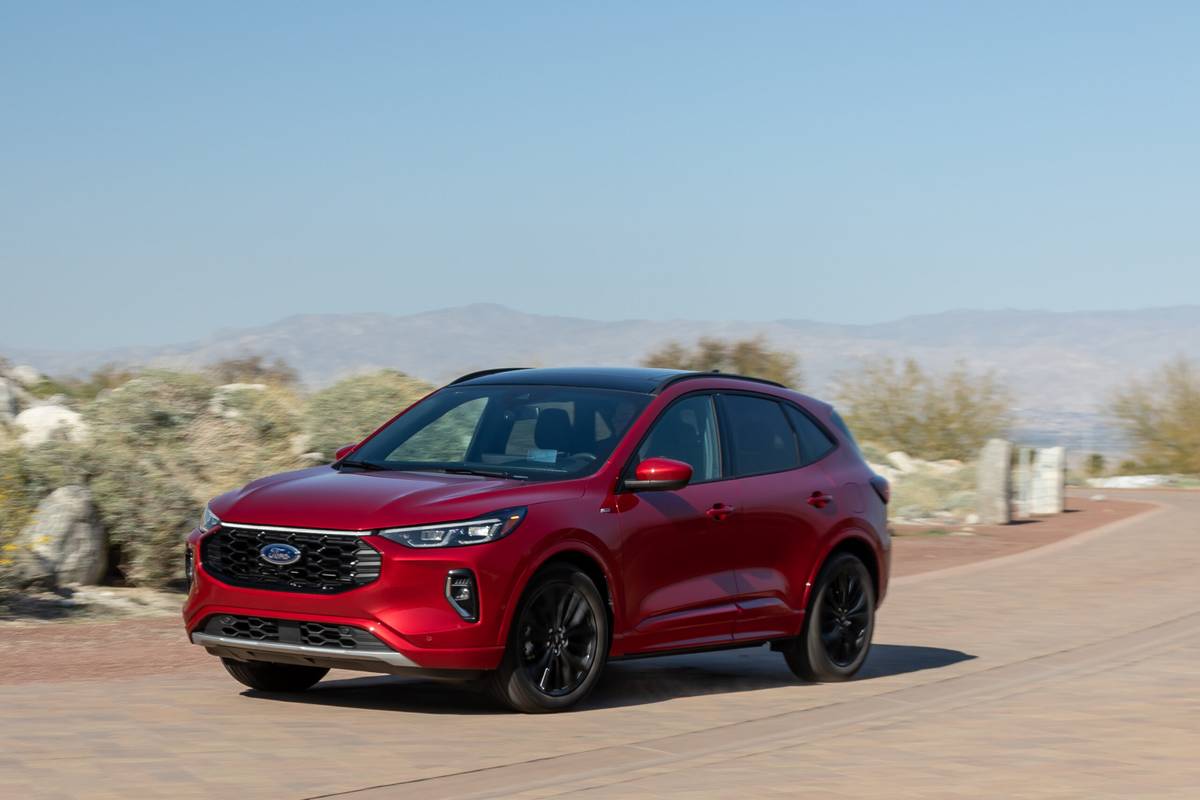
The verdict: The refreshed 2023 Ford Escape writes performance-oriented checks it can actually cash, but it fumbles the fundamentals with a disappointing, uncomfortable interior.
Versus the competition: The Escape we tested — a top-of-the-line ST-Line Elite trim level — finished last in our recent comparison of six compact SUVs, but the class is far bigger than just six models. The Escape is more accurately a mid-pack offering; the performance and fuel economy from its 2.0-liter EcoBoost powertrain are nice-to-have attributes, but rivals in the class are better at being SUVs.
There’s nothing like spending a week with six compact SUVs to figure out which is the best of the bunch, and that’s exactly what my colleagues and I recently did. Of course, one of those SUVs has to come in last, and this time it was the 2023 Ford Escape ST-Line Elite.
Ford updated the Escape’s exterior styling for 2023 and added some interior tech while carrying over its powertrain choices: turbocharged gas three- and four-cylinder engines, a gas-electric hybrid and a plug-in hybrid. The ST-Line Elite trim comes with the more powerful turbocharged 2.0-liter EcoBoost four-cylinder gas engine, paired with an eight-speed automatic transmission and all-wheel drive.
Related: What’s the Best Compact SUV of 2023?
The Escape we drove also had Ford’s ST-Line appearance treatment, which is available on a number of trims with gas or hybrid powertrains. It gives the Escape a more aggressive exterior appearance, as well as an interior that includes a sporty, flat-bottom steering wheel and red contrast stitching. The overall look is tidy, and while we weren’t big fans of the LED light bar that stretches from headlight to headlight in the Elite, maybe you will be. The aesthetics do a good job hinting at this particular flavor of Escape’s performance chops.
So, why did the Escape come in last in our testing? Well, for all its performance potential, it wasn’t the best-driving SUV, and when it comes to basic compact SUV stuff like having a comfortable, well-organized interior layout, it came up well short.
Driving STandout
With the 2.0-liter EcoBoost drivetrain, the Escape is zippy around town and on the highway. The eight-speed automatic is responsive and smooth enough to not be objectionable, which is really all you want from a transmission in a compact SUV. The Escape feels lively and nimble on twisty roads; it wasn’t quite the sports-car-in-SUV-clothing that the Mazda CX-50 we drove was, but the Escape held its own quite well. The brakes were also up to the task of spirited driving, with excellent pedal feel and smooth stopping power.
Not quite up to the task, however, is the Escape’s steering. It felt numb and uncommunicative in the ST-Line Elite — enough so that it kept me from cornering with the kind of confidence I had in the CX-50.
Related Video:
We cannot generate a video preview.
At the end of the day, however, the Escape’s driving characteristics made up a relatively small part of its overall score in our comparison test. Despite finishing second to the CX-50 in our subjective powertrain and handling categories, the Escape still finished last overall. And before you think the CX-50 fared much better, it finished fifth in front only of the Escape. This underlines that what my fellow judges and I were looking for in our testing as a whole was less “Is this fun to drive?” and more “Is this not aggravating to drive?” More performance-oriented SUVs are joining the class, however, including the all-new 2023 Dodge Hornet. The Hornet wasn’t part of our comparison test, but I drove a Hornet GT afterward and came away feeling it wouldn’t have fared much better than the Escape.
What compact SUV shoppers will like about the Escape’s 2.0-liter EcoBoost engine is that it brings fuel efficiency with a dose of fun. In our fuel economy testing, which consisted of a real-world road trip covering more than 300 miles, the Escape came out on top, with average fuel economy of 31.1 mpg. The version we drove is EPA-rated at 23/31/26 mpg city/highway/combined, which is slightly better than the 23/29/25 mpg estimates for the turbocharged CX-50, which averaged 27 mpg in our real-world test.
The compact SUV class as a whole is moving toward hybridization in order to add power without sacrificing fuel economy. Hybrid versions of both the Honda CR-V and Toyota RAV4 are popular, but even the gas-only, all-wheel-drive CR-V and RAV4 are rated 29 mpg combined — better than the 2.0-liter EcoBoost Escape. Toyota wasn’t able to provide a gas-only RAV4 for our comparison test, but the gas-only CR-V we drove averaged 28.7 mpg on our road trip.
An additional highlight that stuck out to me as a city dweller: The Escape’s hood has a significant downslope that made parking a breeze in a variety of scenarios. That low hood, combined with the Escape’s fairly upright windshield, also aids outward visibility.
A $30K Interior in a $43K SUV
In the end, the Escape’s decently sorted driving experience didn’t protect it from its interior flaws. With an as-tested price of $43,650 (including destination), the Escape was the most expensive vehicle in our test. For this kind of money, we expected better interior accommodations; it felt more like a rental car inside, with interior trim mostly consisting of hard, unappealing plastic. The ST-Line Elite comes with what Ford calls “sport bucket” front seats, but none of the three judges in the comparison test found them to be very comfortable. I felt like the front and rear seats were too firm, leaving me sitting on top of them rather than in them.
Though the backseat wasn’t very comfortable, the space itself was roomy enough. The Escape was the only SUV in our comparison test with a sliding backseat, but it didn’t provide any obvious cargo benefit; the Escape ended up with the smallest measured cargo area.
A bright spot was the Escape’s larger 13.2-inch dashboard touchscreen, which has crisp, clear graphics and a user-friendly interface. It also features wireless Apple CarPlay and Android Auto connectivity. Unfortunately, that screen also contains all of the Escape’s climate and audio controls, and while the touch controls work well for touch controls, they’re not an adequate substitute for physical ones.
The Escape does have some physical controls, including a row of them right below the touchscreen. Within that row are things like max defrost control, an optional parking assist feature, the 360-degree camera system and one somewhat confusingly labeled button for switching drive modes. It’s a frustrating mess.
Even more frustrating is the optional head-up display. It uses what feels like, in car terms, ancient tech: Rather than a projection onto the windshield, the Escape uses a plastic screen that flips up and down (noisily and slowly in our test vehicle). The display itself provides some helpful information, but it’s positioned in such a way that the info appears to be on the hood. In our red-painted test car, the white text was legible, but be wary of buying a white Escape with the HUD; that background color may make everything illegible.
If the Escape had a lower price, these interior issues would be less damning. But this SUV was more expensive than other vehicles we drove with higher-quality and better-designed interiors. It’s a big part of why the Escape fared so poorly in our comparison test.
More From Cars.com:
- How We Found the Best Compact SUV of 2023
- 2023 Compact SUV Challenge: It’s a Repeat Win for the Nissan Rogue
- 2023 Ford Escape Up Close: More of What Escapists Want
- 2023 Ford Escape: The On-Road Urban Adventure SUV, Updated
- 2023 Ford Escape’s Minor Tweaks Come at Minor Cost Increase
Still Worth Your Consideration
Don’t write off the Escape just yet, however. A last-place finish in our testing doesn’t mean it’s the worst compact SUV on the market; check out our full results story to see where the Escape performed well and where it didn’t to see if it might still work for you.
Also, this was a test of one configuration of the Escape. The SUV’s lineup is diverse and includes another gas-only powertrain as well as hybrid and plug-in hybrid versions, the latter of which is still eligible for a $3,750 federal tax credit as of this writing. The ST-Line Elite configuration of the Escape wasn’t a winner for us, but that doesn’t mean it — or a different Escape altogether — couldn’t be for you.
Cars.com’s Editorial department is your source for automotive news and reviews. In line with Cars.com’s long-standing ethics policy, editors and reviewers don’t accept gifts or free trips from automakers. The Editorial department is independent of Cars.com’s advertising, sales and sponsored content departments.





























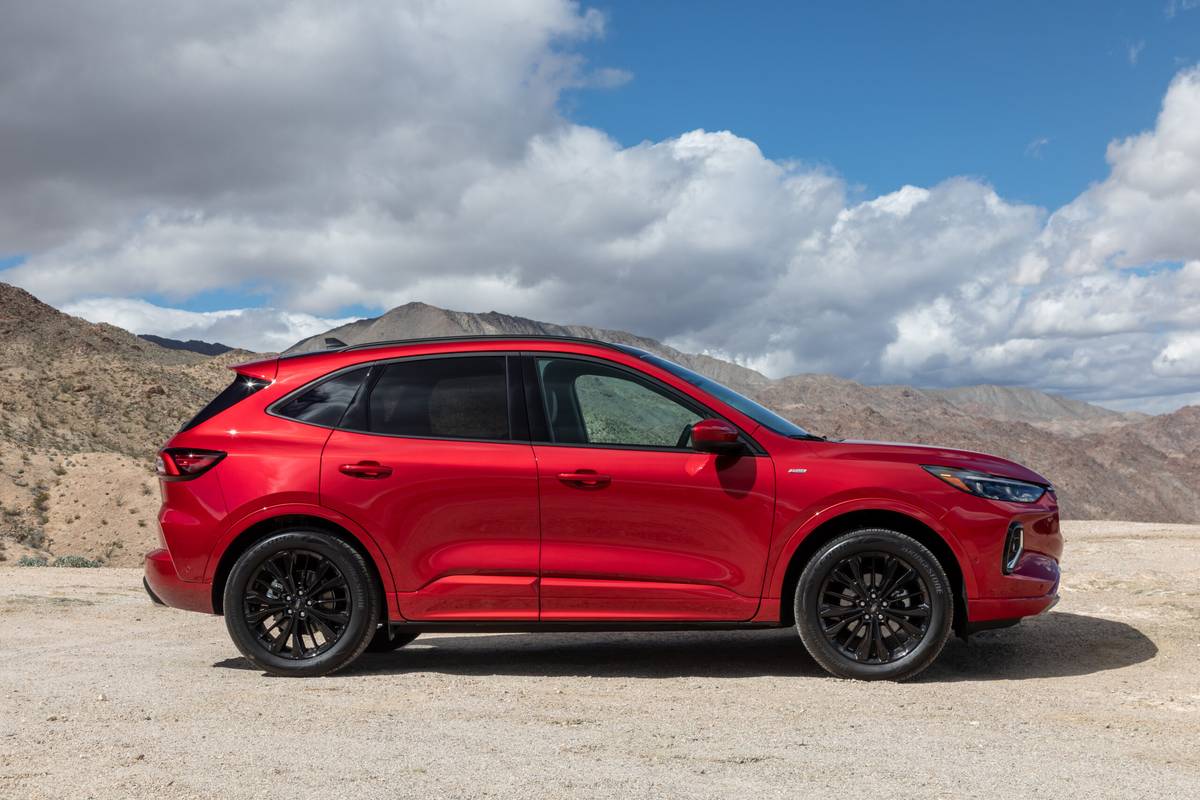

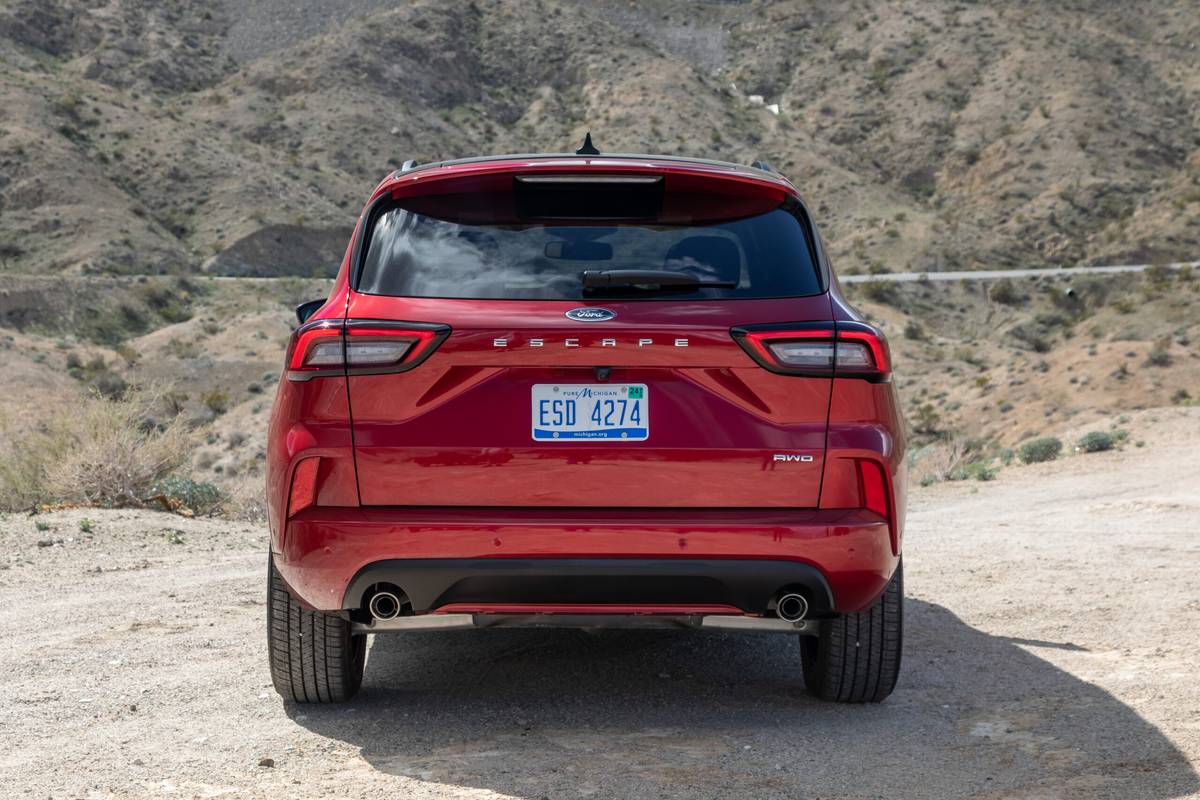

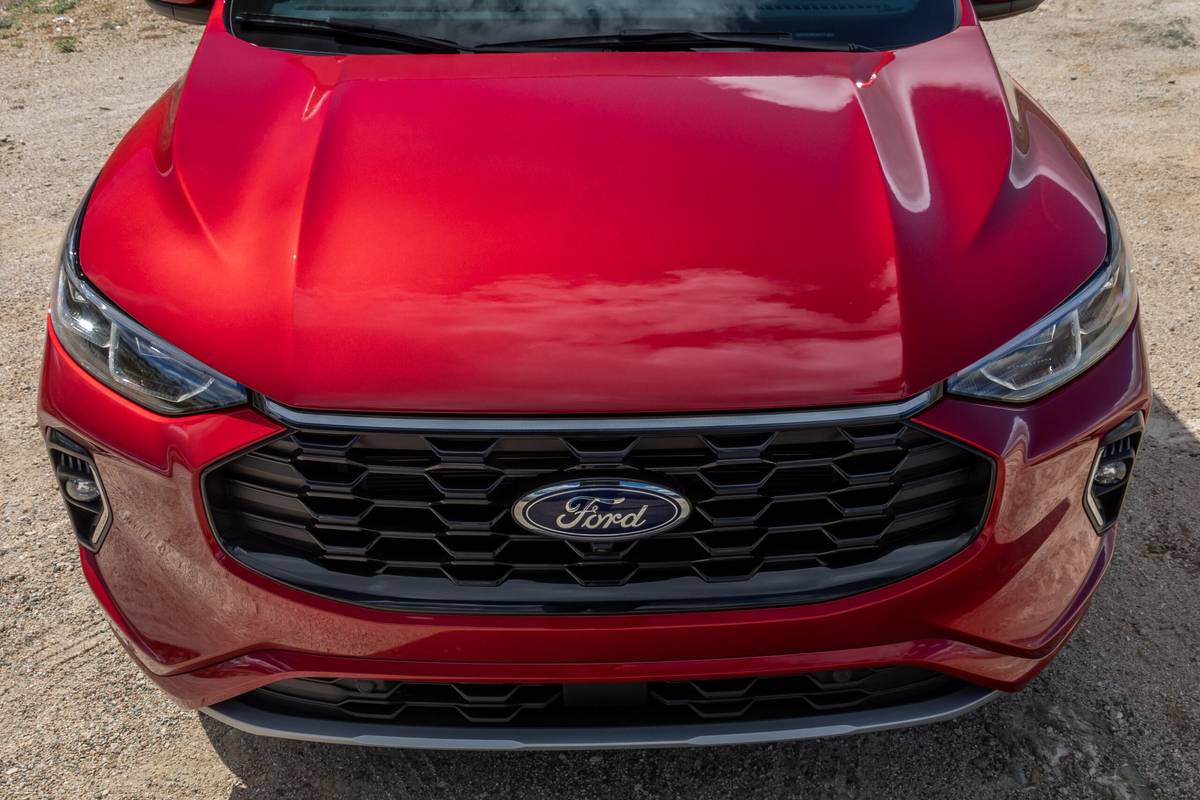
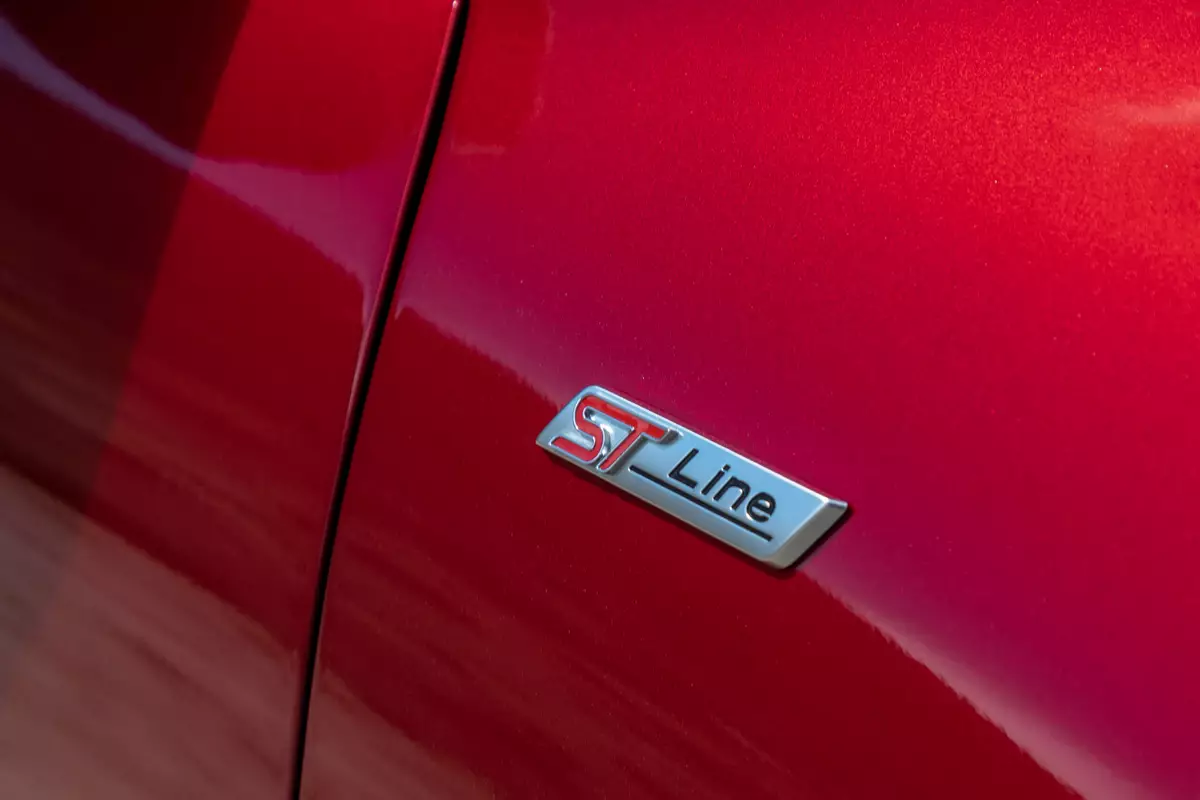


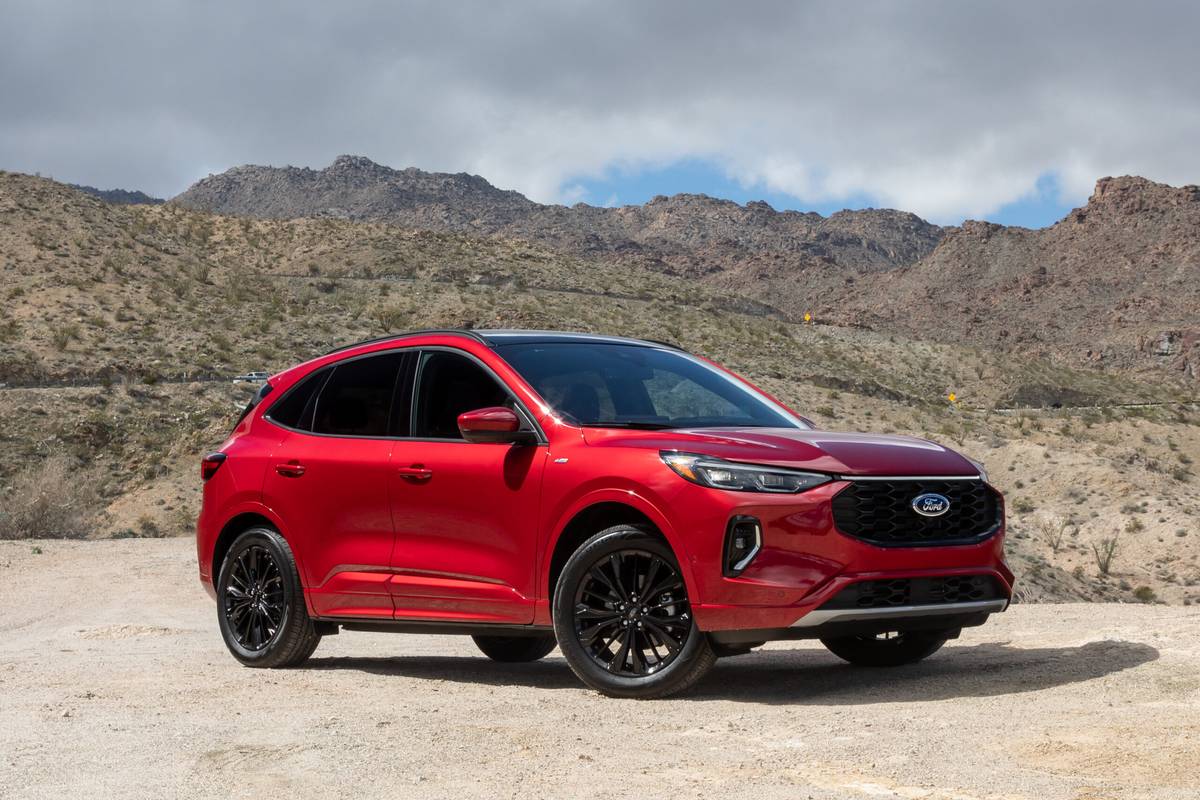

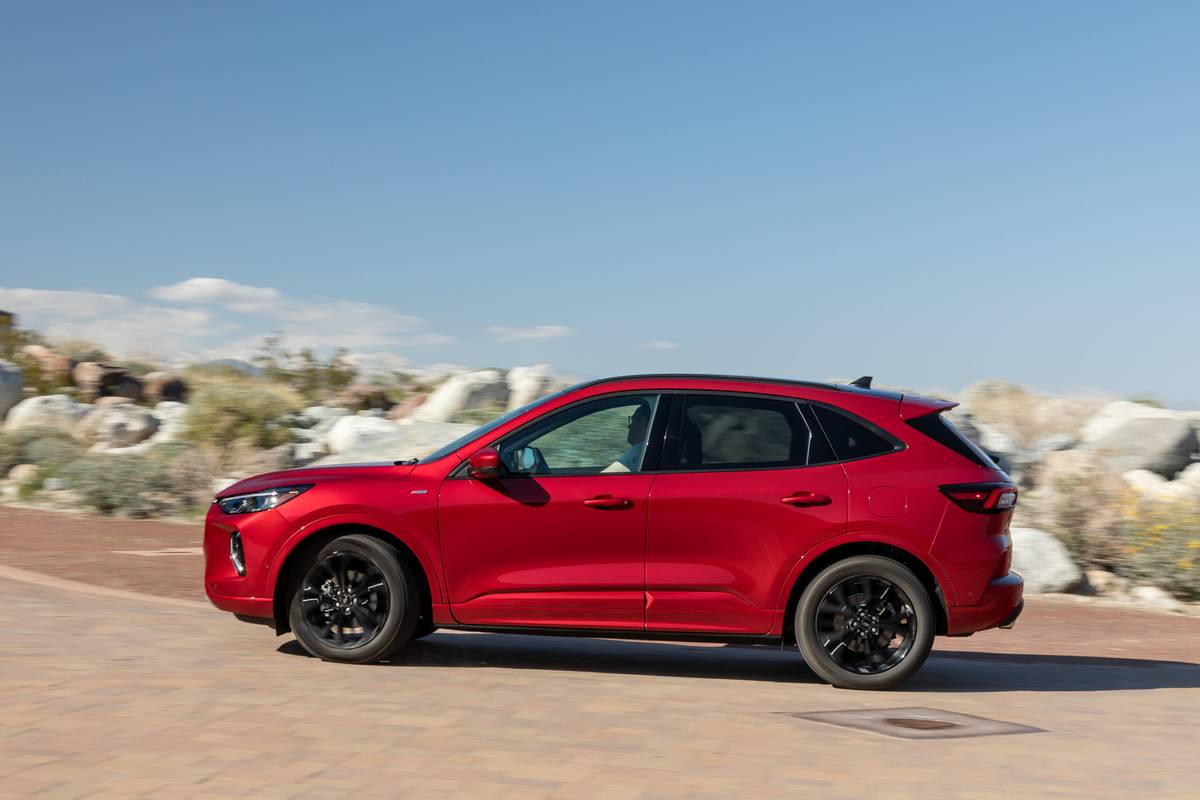
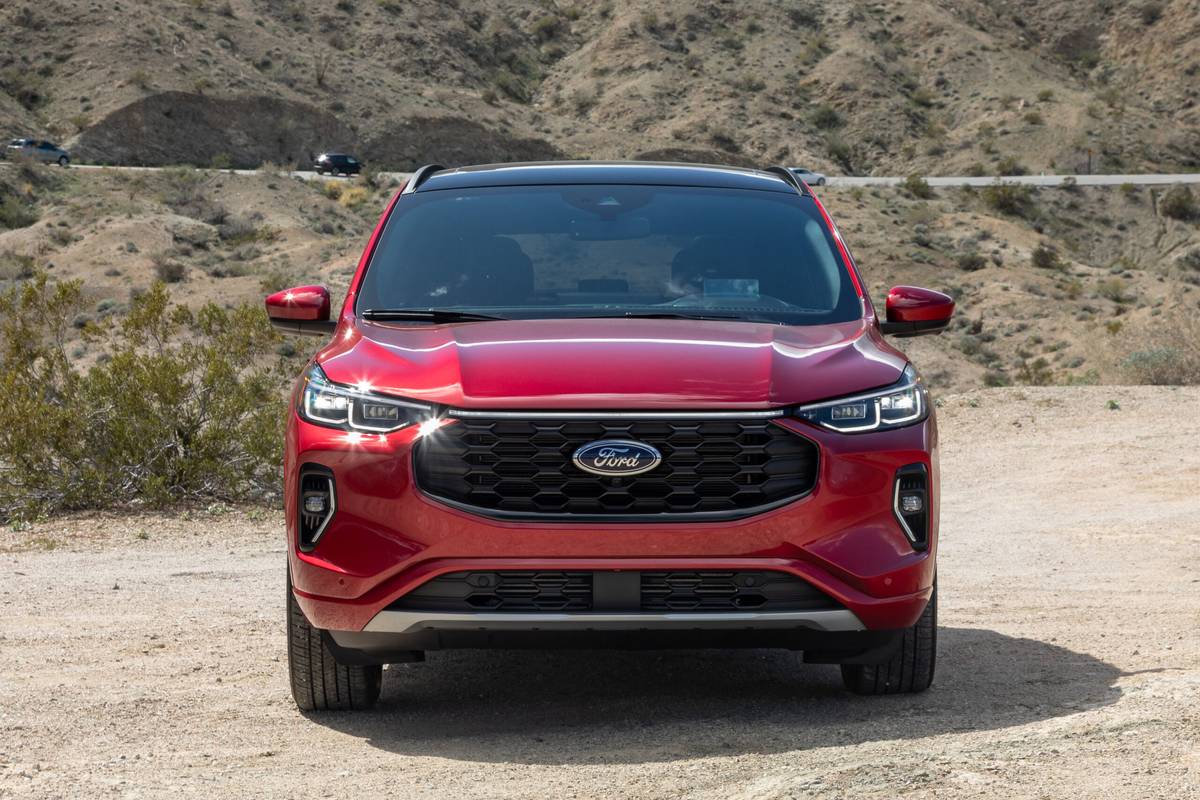
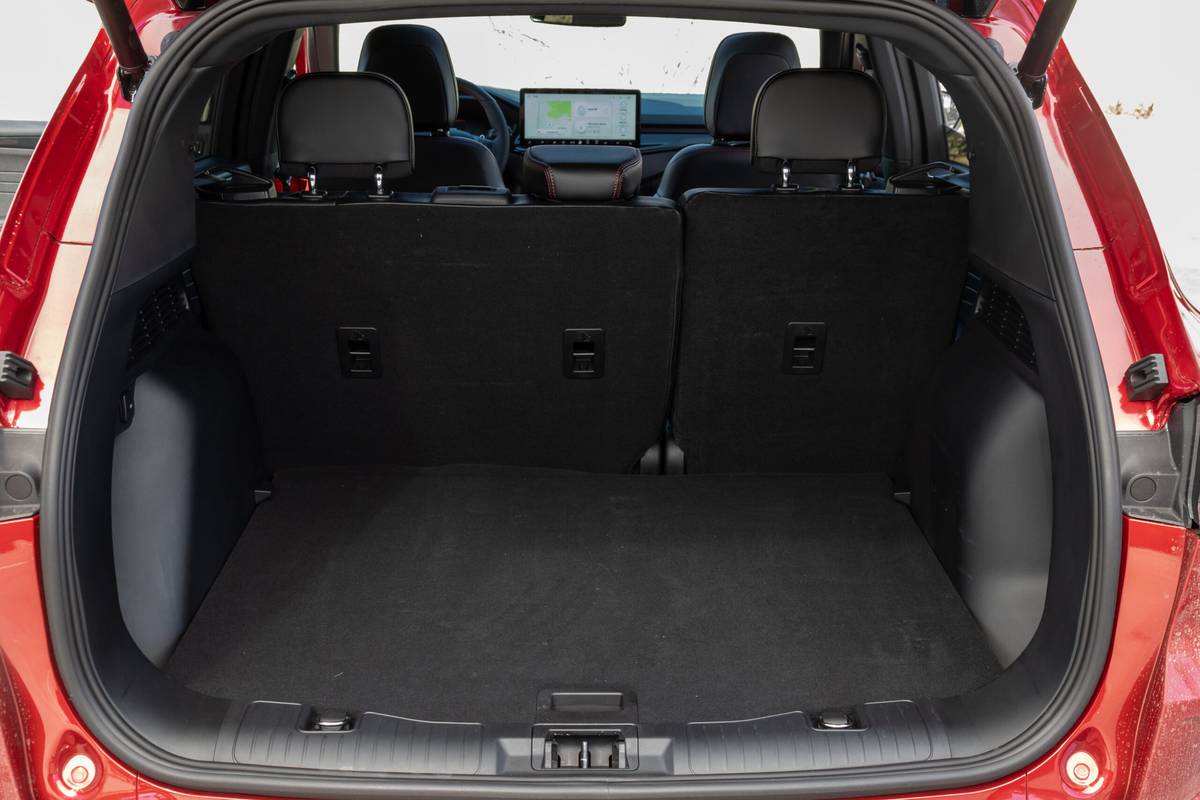


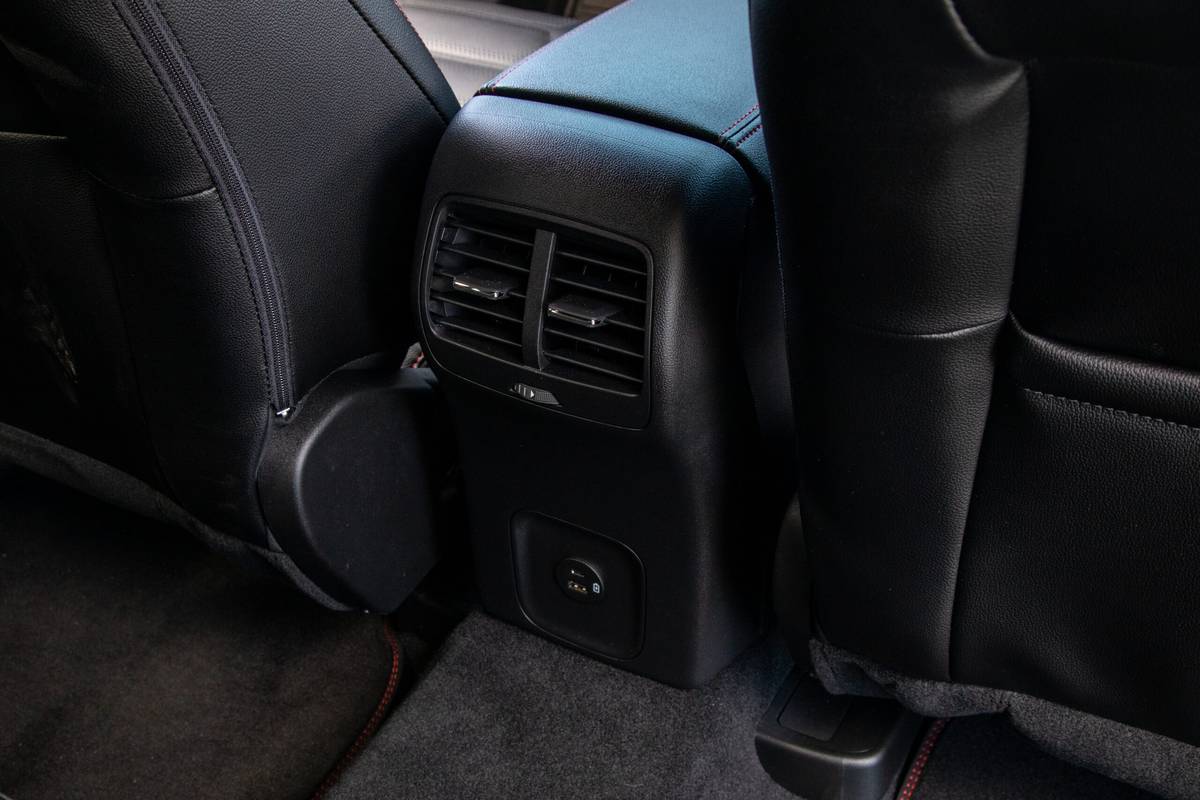
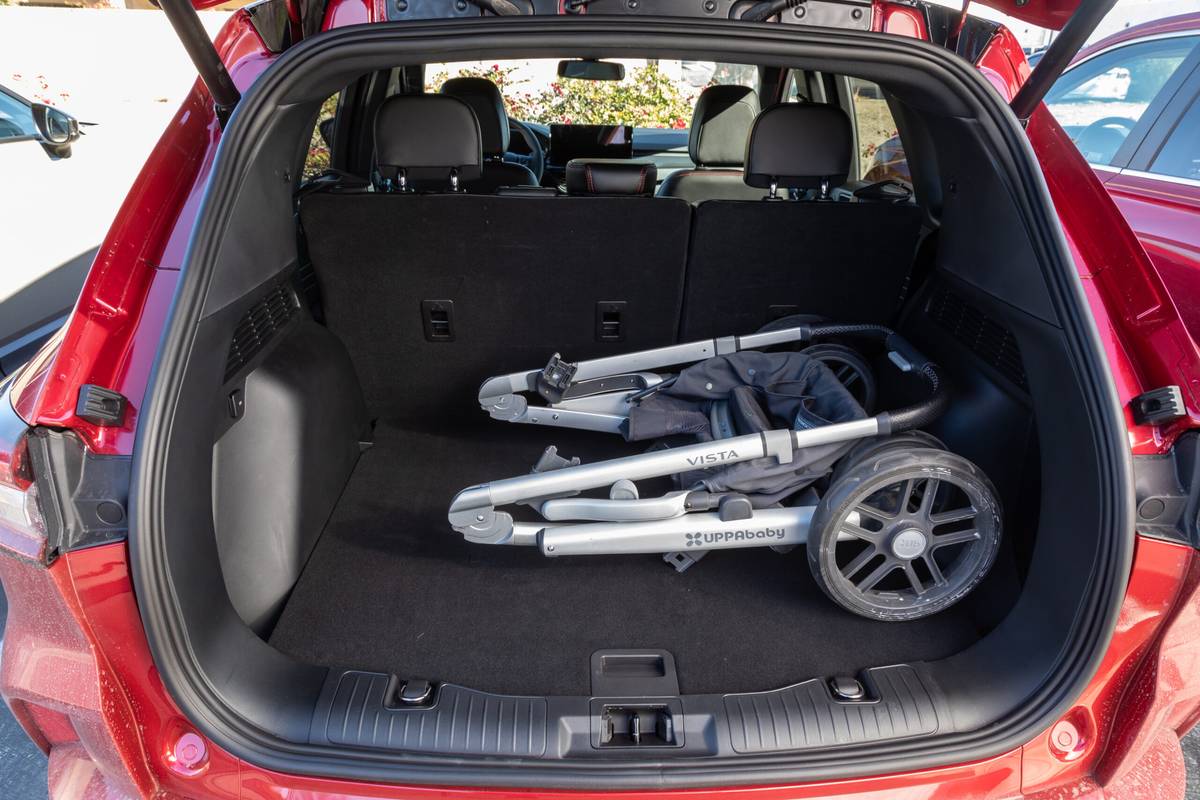
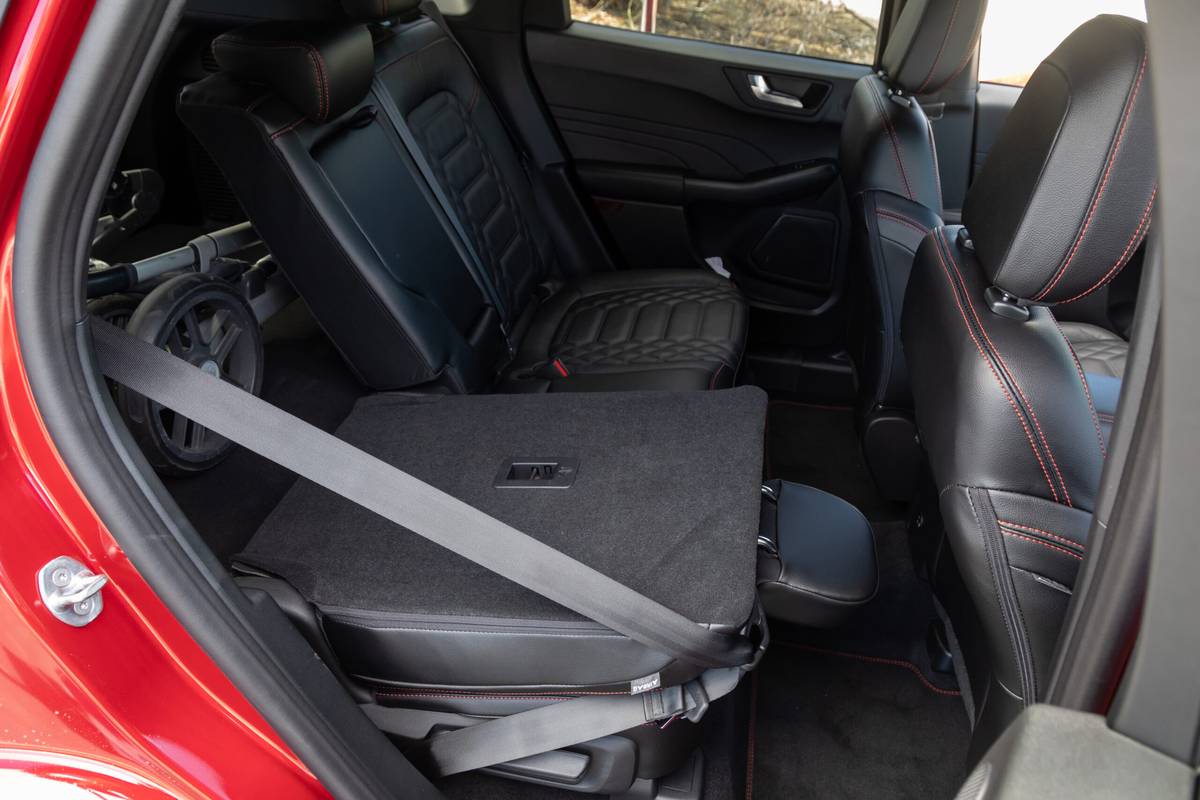
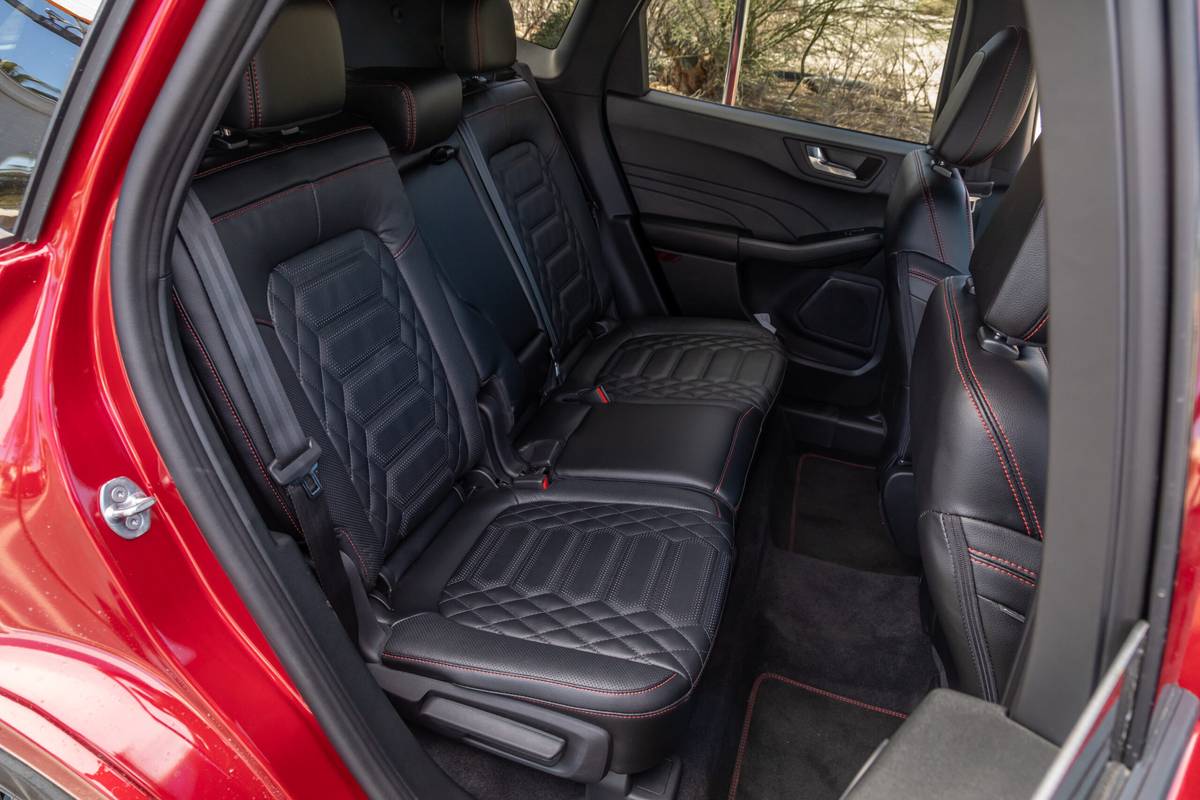
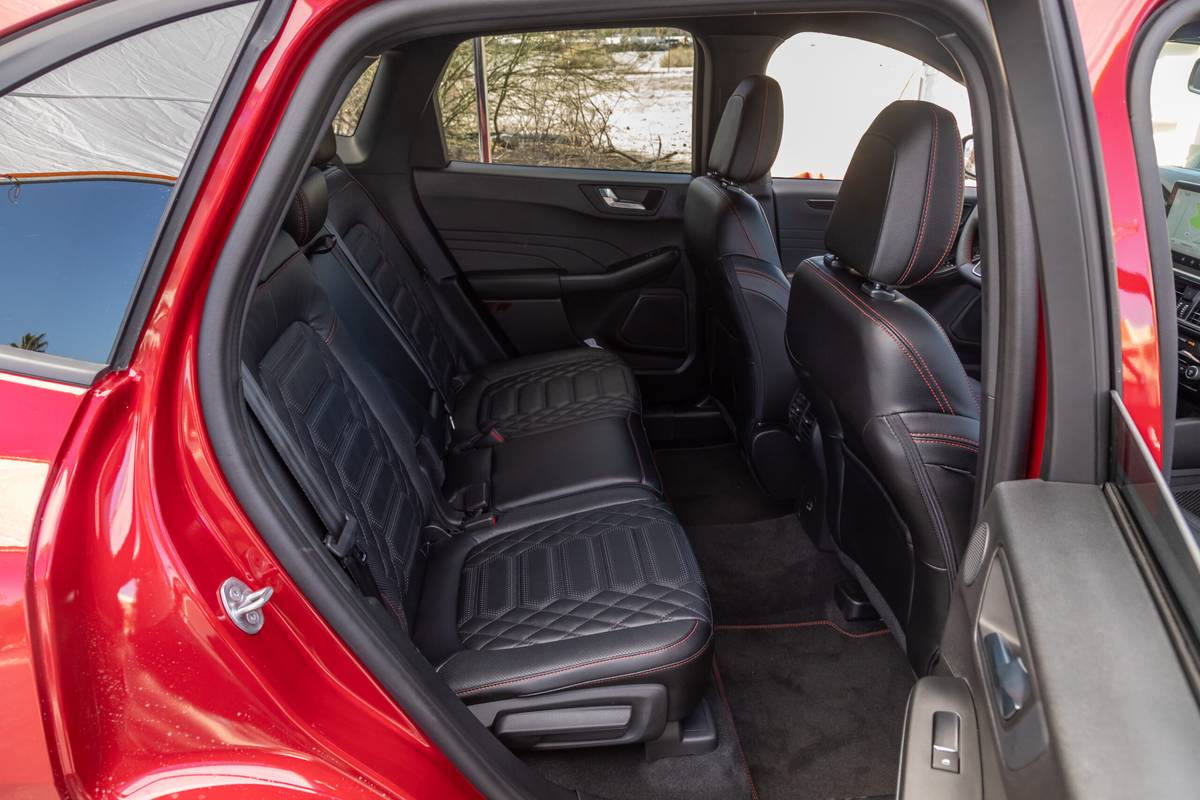
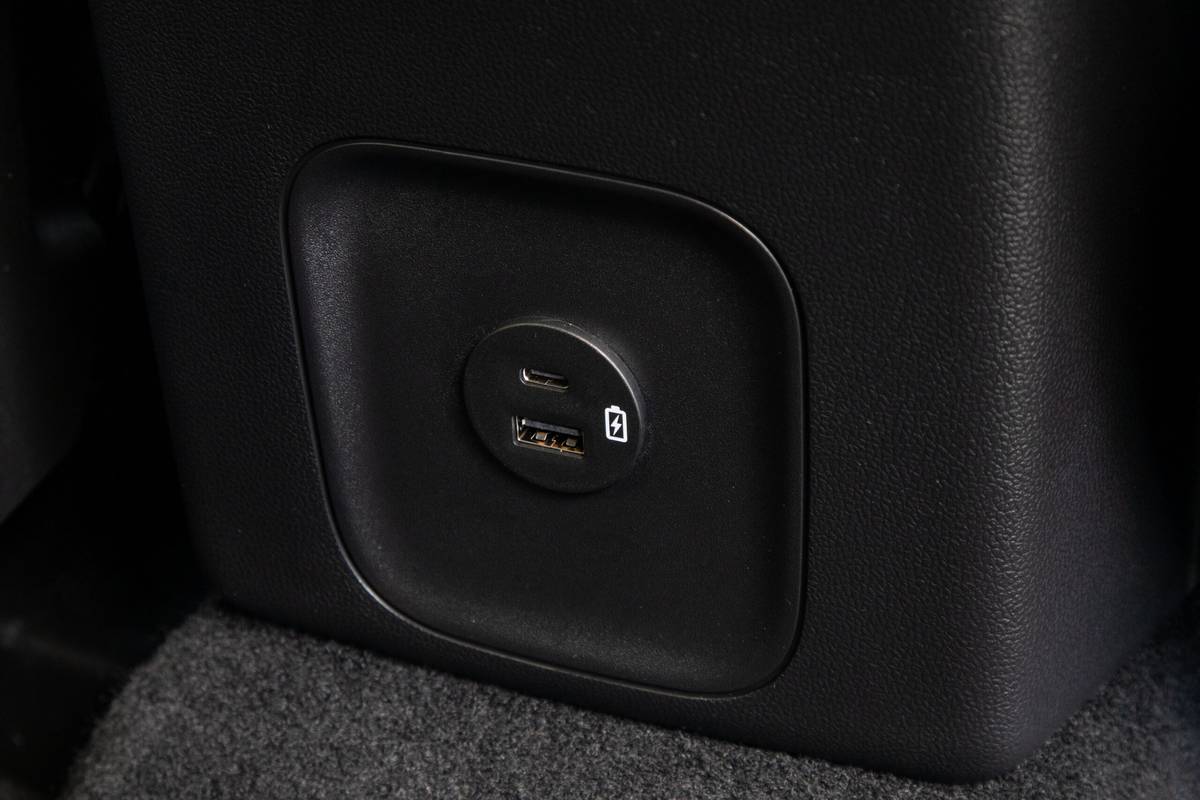
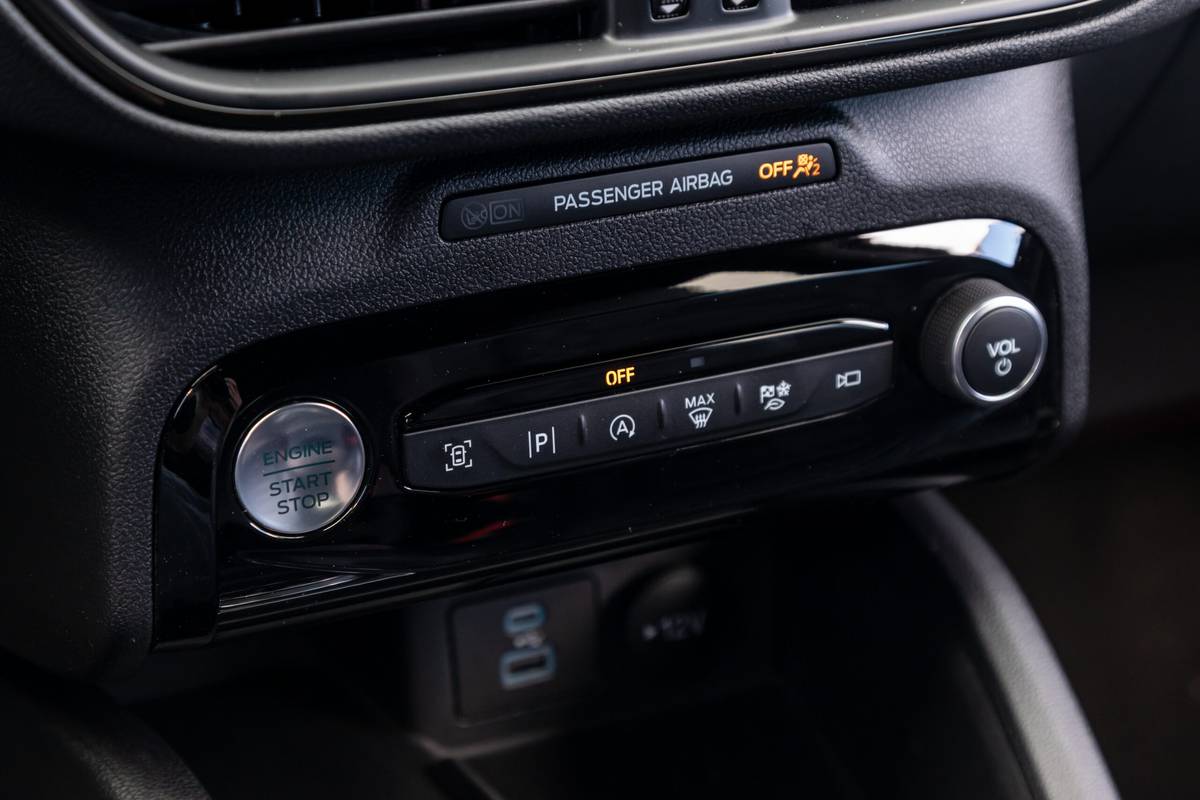
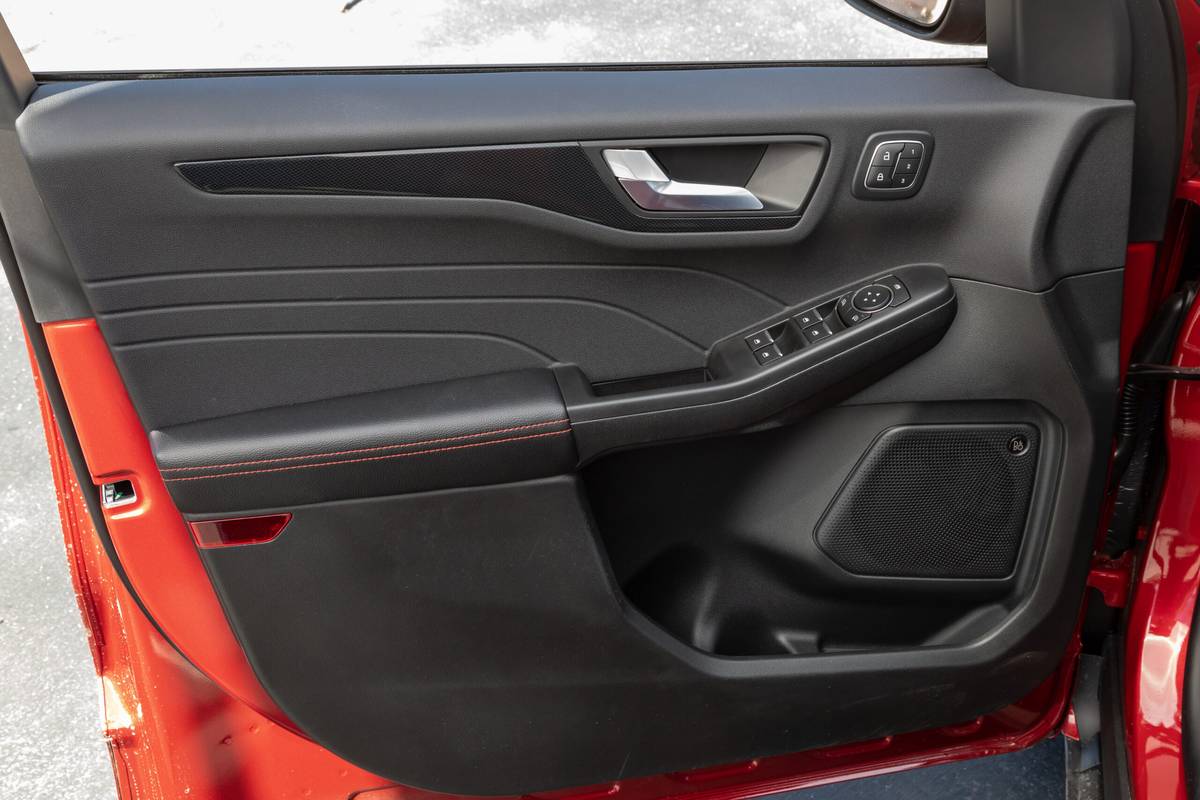







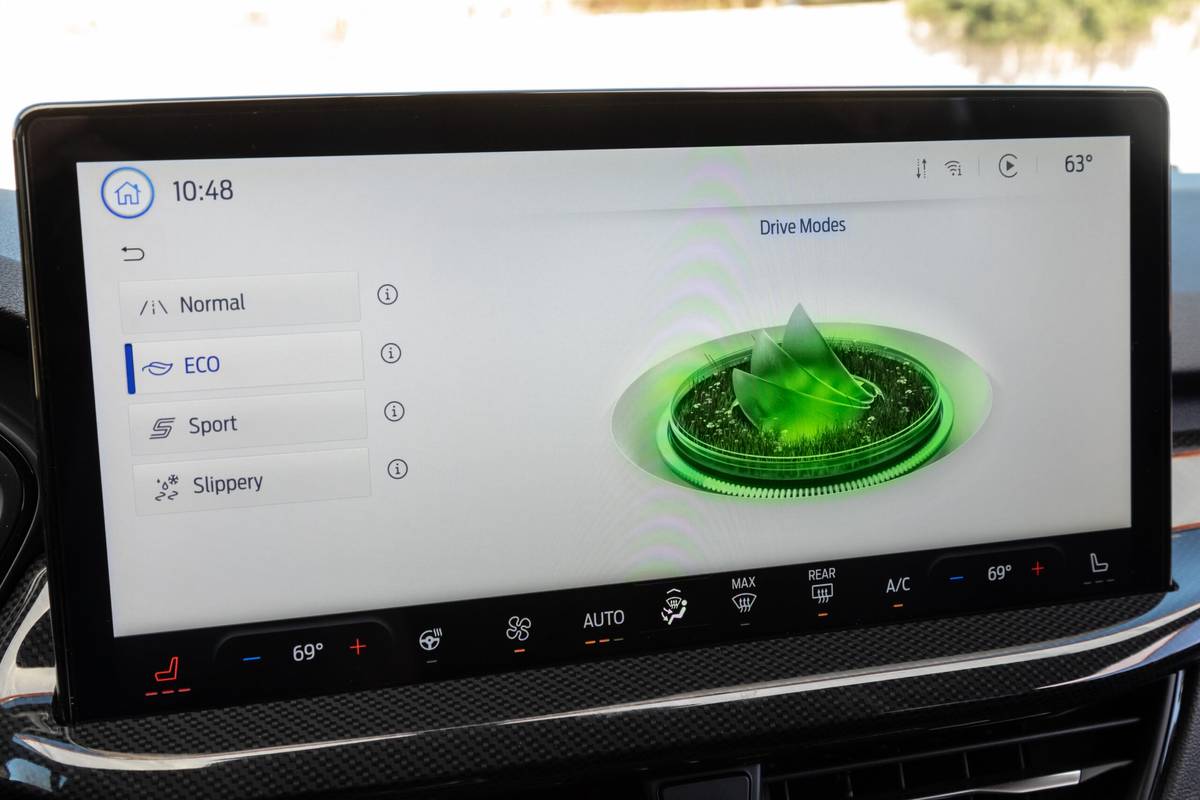

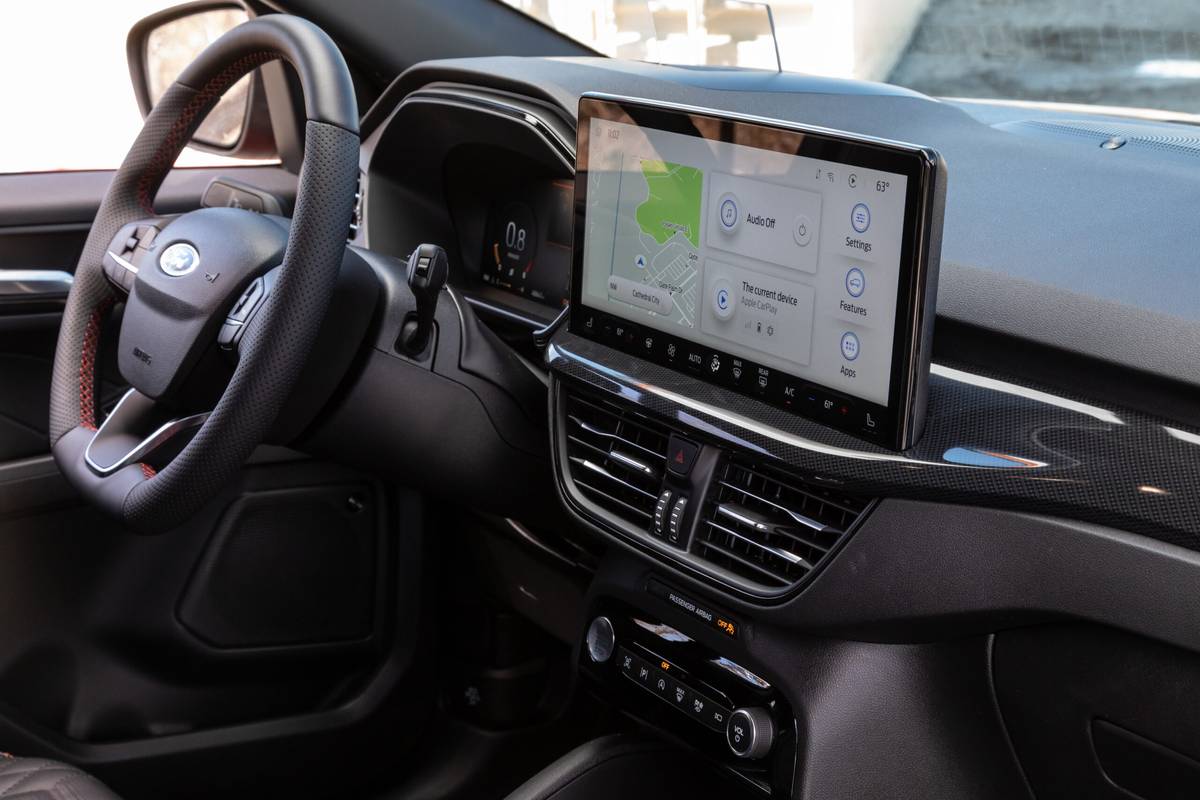
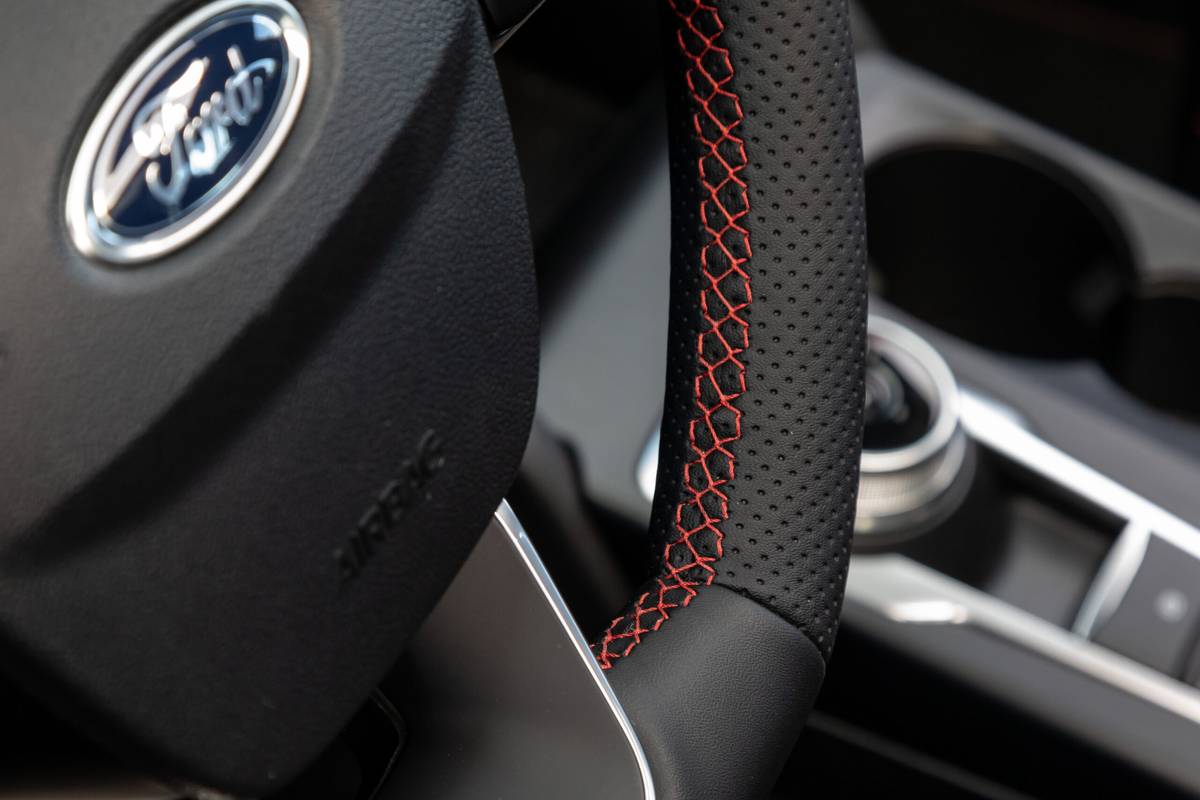
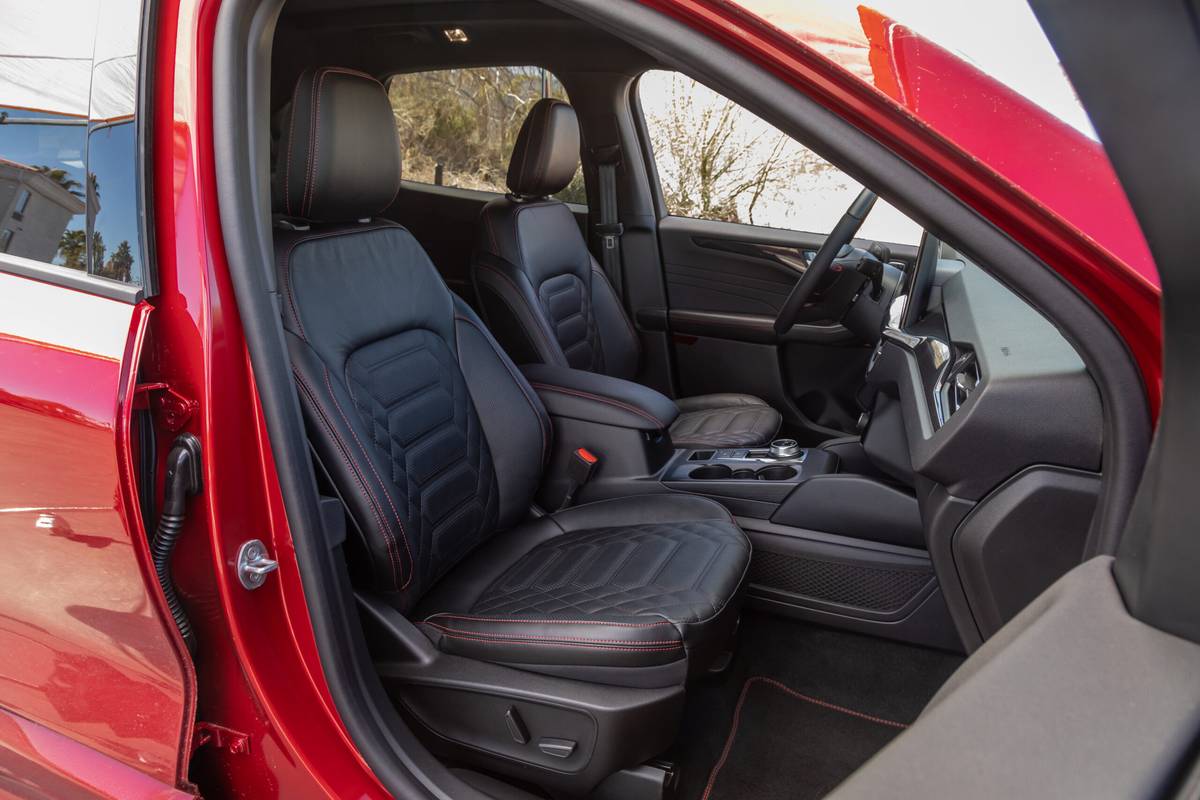
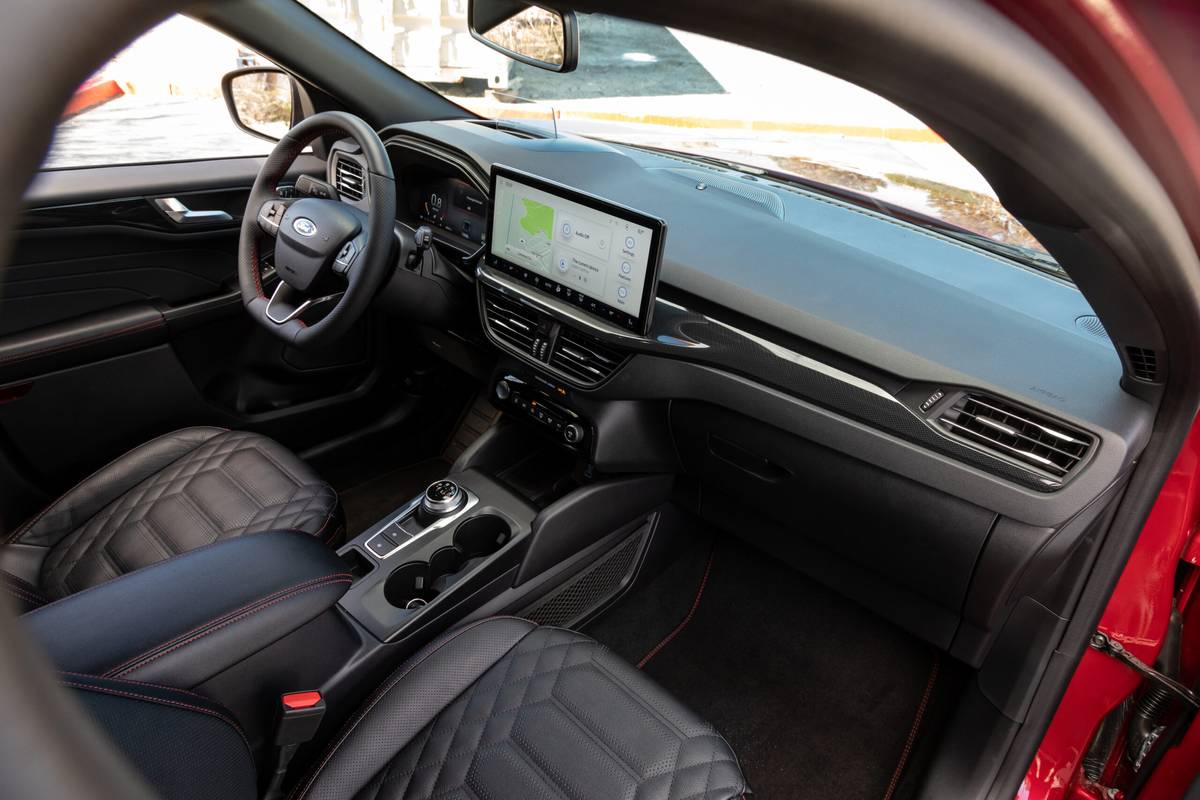
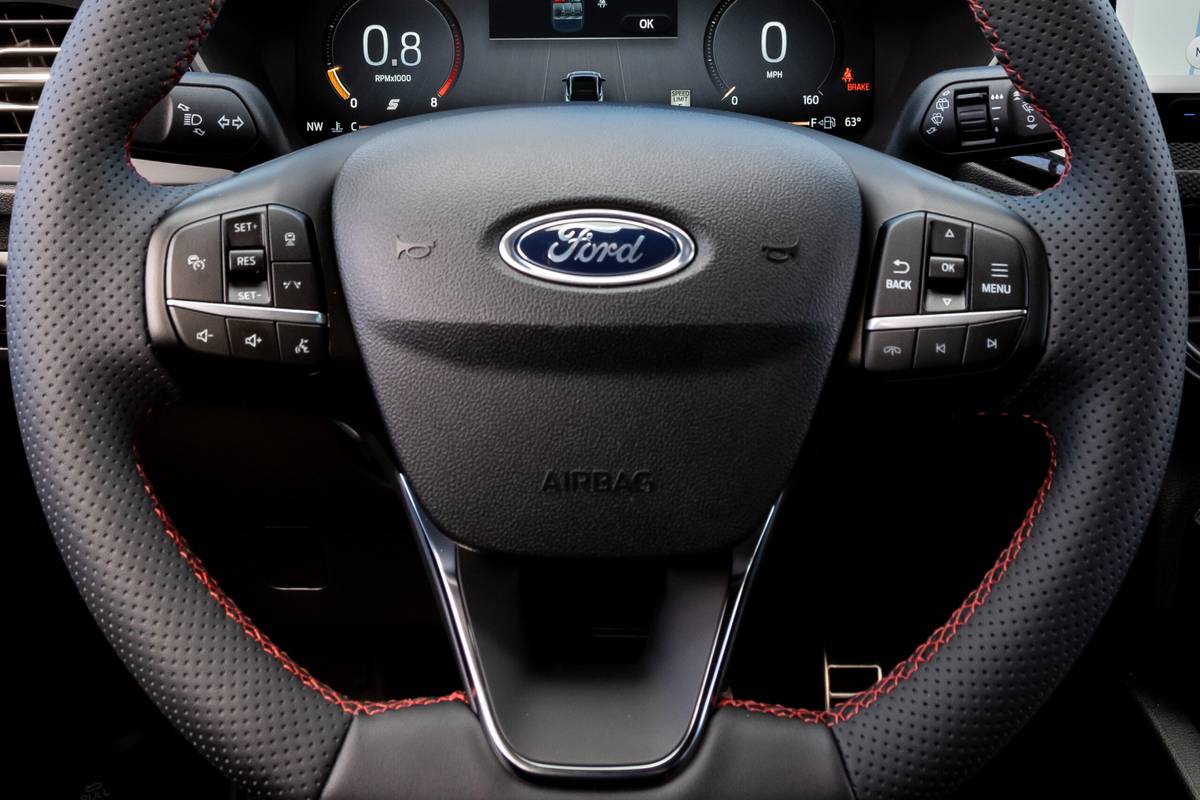
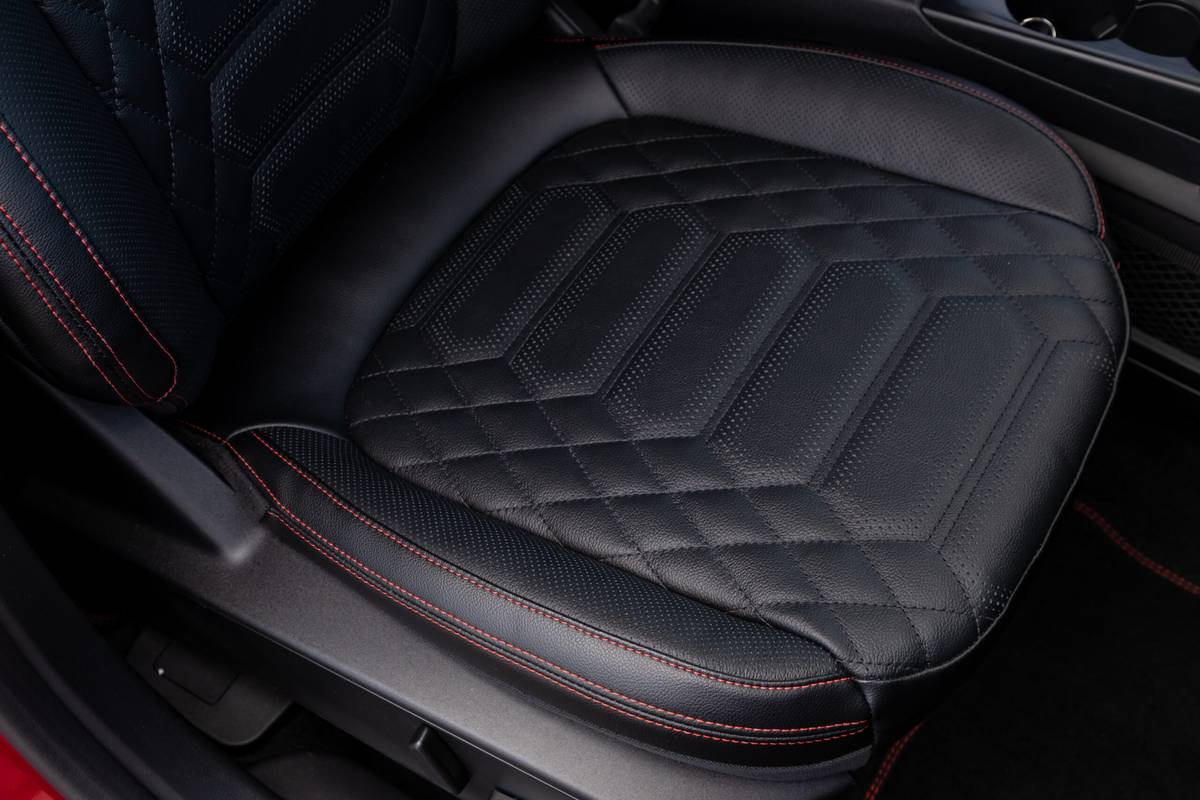
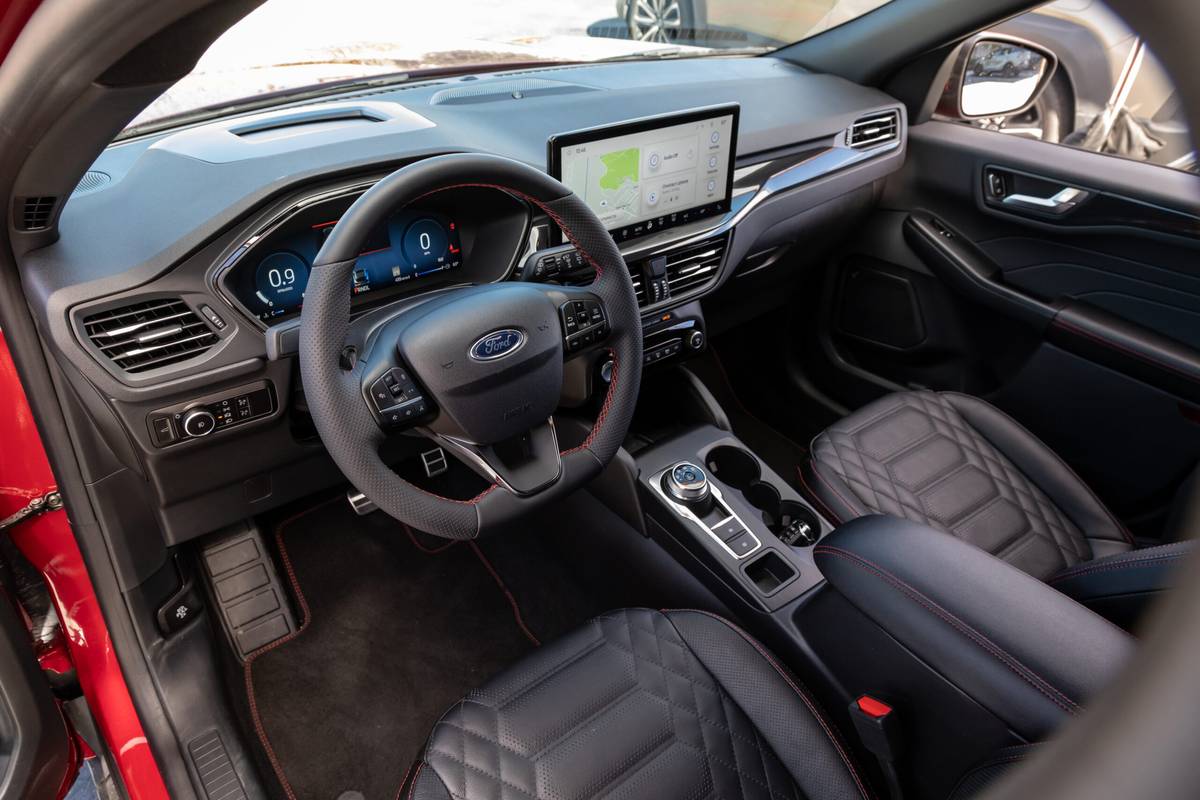
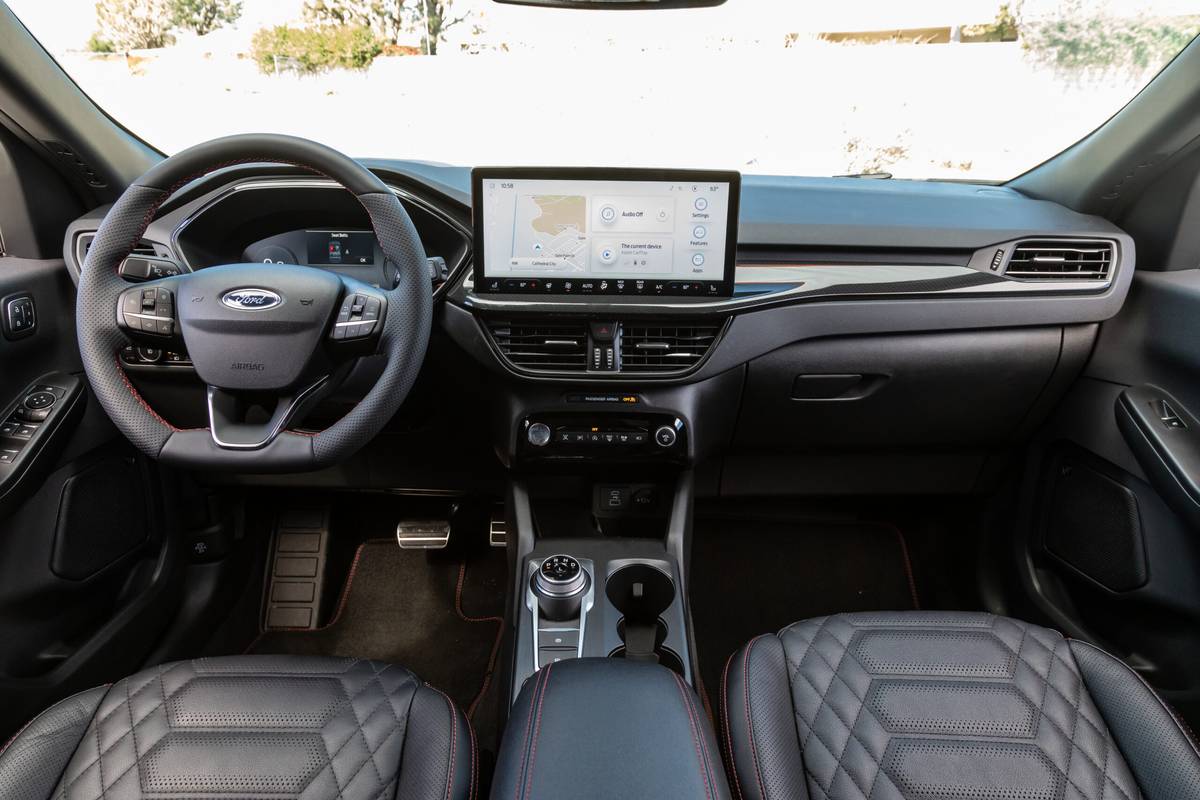
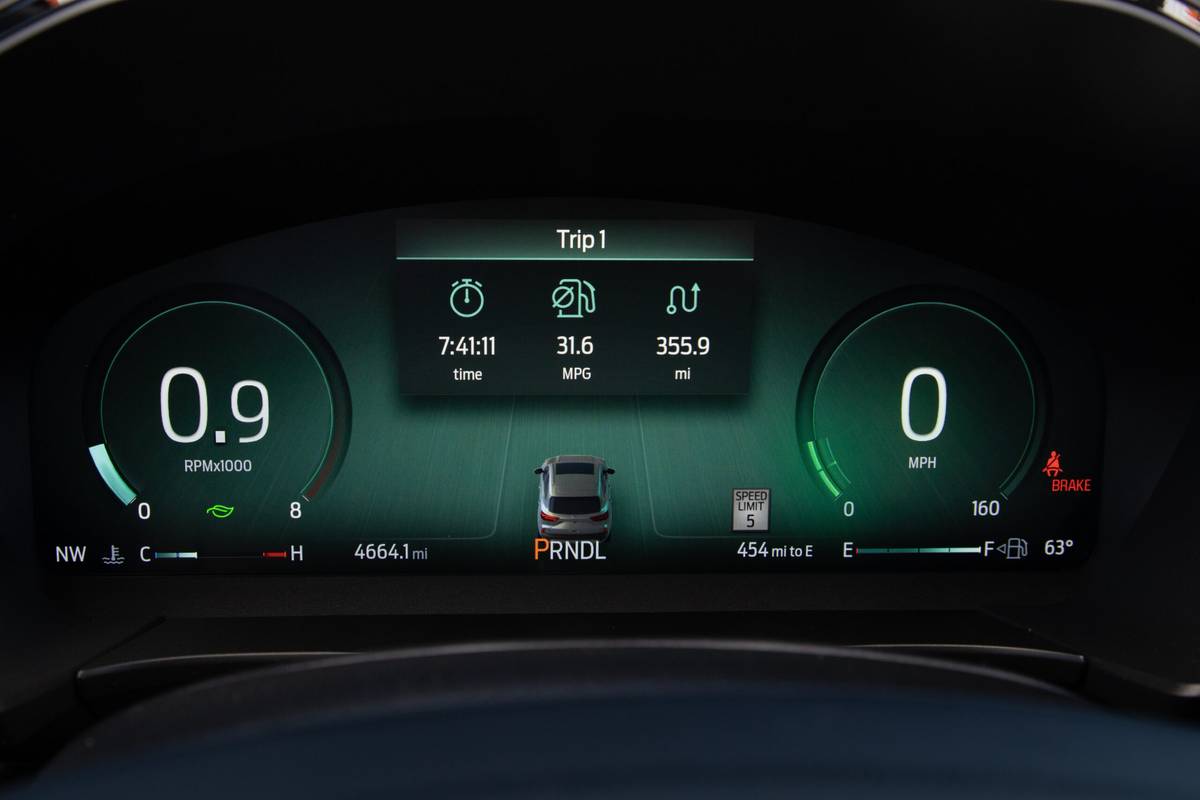


 Latch
Latch
 Infant
Infant
 Rear-facing Convertible
Rear-facing Convertible
 Front-facing Convertible
Front-facing Convertible
 Booster
Booster








